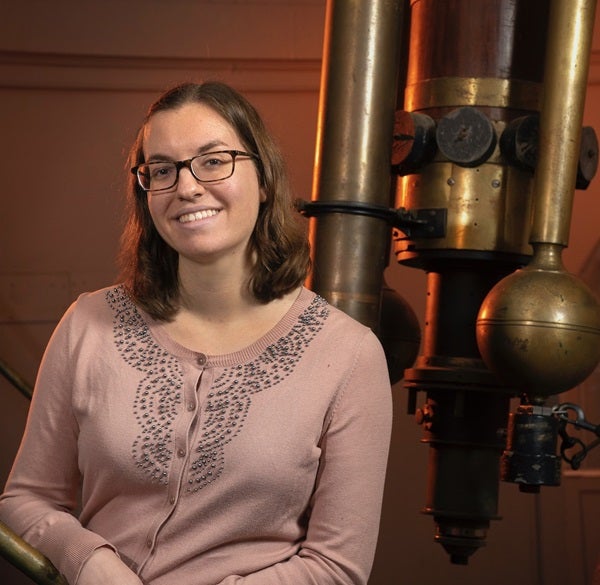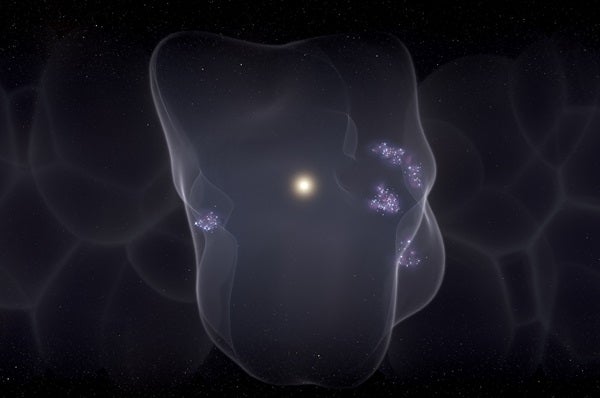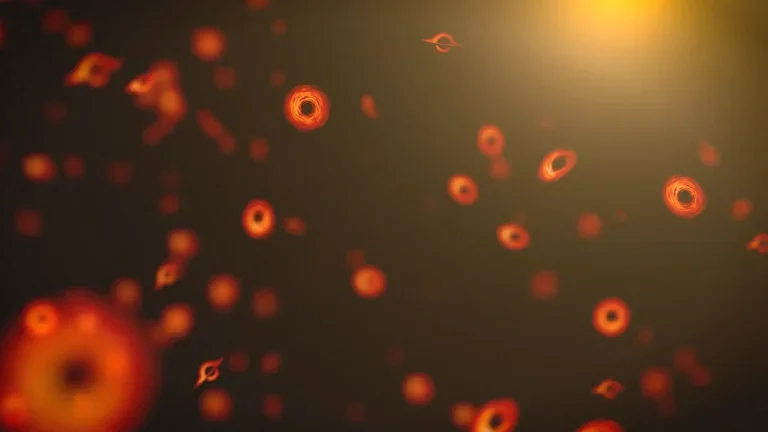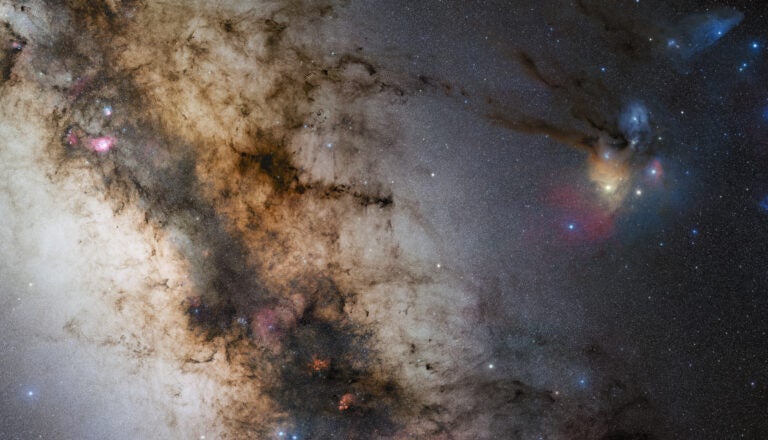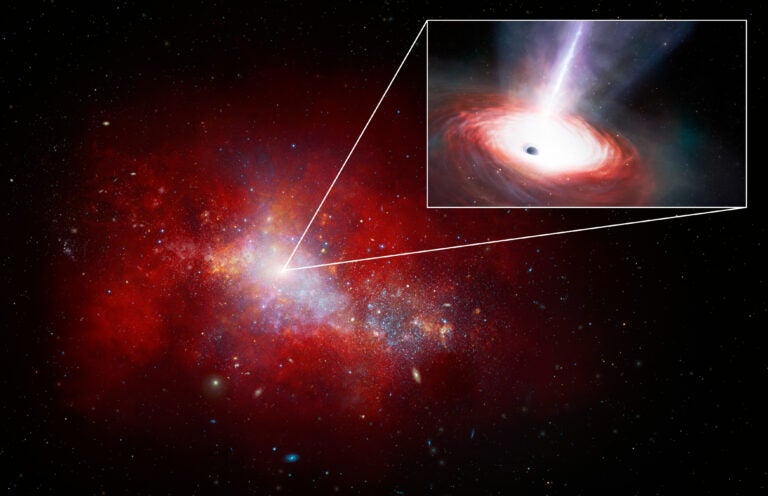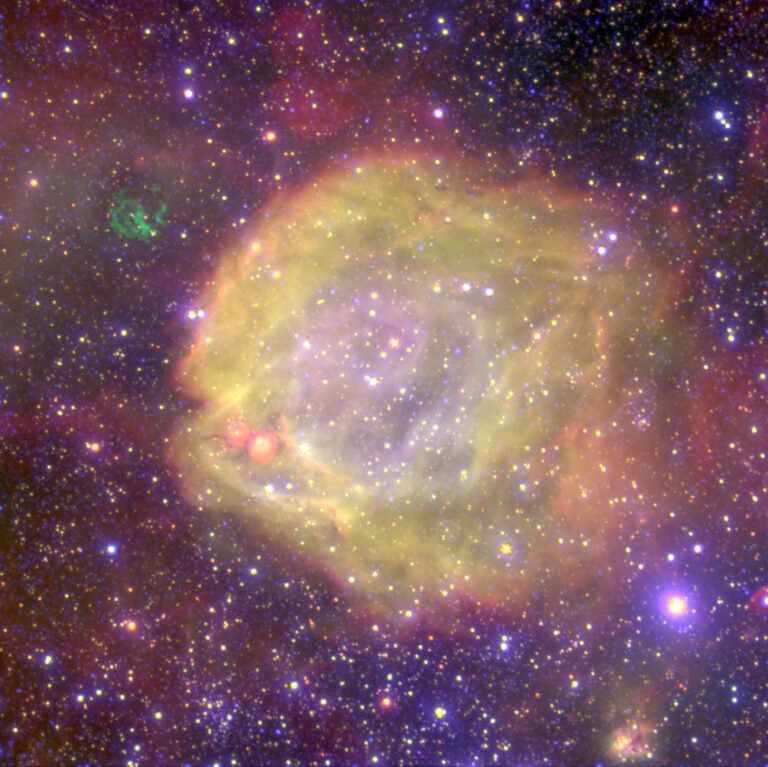As an undergraduate at the University of Virginia in Charlottesville, Catherine Zucker wanted to be a historian of science. She even planned to pursue a Ph.D. in history. Her senior thesis focused on why private donors were willing to foot the bills for some of the first major astronomy research observatories in the U.S. (It turns out, largely because their donations earned them personalized access to use the telescopes!)
But then, Zucker took a general astronomy class for non-majors taught by Kelsey Johnson (now president of the American Astronomical Society). Johnson offered Zucker a position in her lab, where “I ended up falling in love with astronomy research, adding astronomy and physics as a second major in college,” Zucker recalls. She went on to receive her Ph.D. in astronomy from Harvard University in 2020. “I owe much of my success today to Kelsey recognizing my potential early on, and to my doctoral advisors Alyssa Goodman and Doug Finkbeiner for providing such amazing support as I pursued my Ph.D.,” Zucker says.
Now 30, Zucker is a fellow in the NASA Hubble Fellowship Program at the Space Telescope Science Institute in Baltimore. She still reads about history and visits historical sites and museums in her downtime. But even at work, she’s studying history — not on Earth, but of our galaxy. Zucker’s work focuses on the Milky Way’s interstellar medium (ISM) — the gas and dust between stars — to untangle the many processes that birth new stars. “My ultimate goal over my career is to reconstruct the best possible map of the Milky Way’s structure and dynamics” via its gas and stars, she says. “What many people don’t realize is how incredibly difficult it is to map our Milky Way from our vantage point embedded deep inside its dusty disk.”
Putting together this picture is part of why she’s excited to begin working with newly released data from ESA’s Gaia mission. By looking for stars whose light shows signs of absorption by material between Earth and that star, she hopes to better map the dynamics of nearby interstellar gas to determine whether events such as supernovae might prompt new stars to form.
This work builds on a January 2022 Nature paper led by Zucker, in which she and collaborators used Gaia data to show that 14 million years ago, a powerful supernova kicked off an expanding bubble called the Local Bubble. The bubble “swept up clouds of interstellar gas on its surface, which have now fragmented and collapsed to form new stars,” she says. From the Sun’s vantage point inside the Local Bubble, “we have an amazing view here on Earth of star formation happening all around us.”
But Gaia’s optical data limit its best results to nearby stars. So, Zucker is part of the next iteration of the Sloan Digital Sky Survey, which will use near-infrared light to pierce galactic dust to see more distant stars. She’s also hoping NASA’s upcoming Nancy Grace Roman Telescope might survey the galactic disk, providing information scientists could use to reconstruct the Milky Way’s ISM in 3D beyond the center of the galaxy. That “would be a total game changer for galactic astronomy,” she says.
Make sure to explore our full list of 25 rising stars in astronomy. Check back each week for a new profile!
To get the latest astronomical news and observing content delivered directly to your door, subscribe to Astronomy magazine today!

